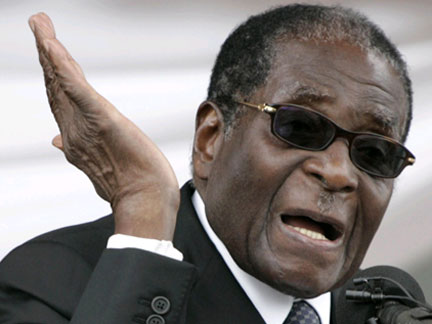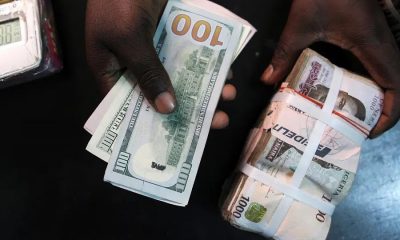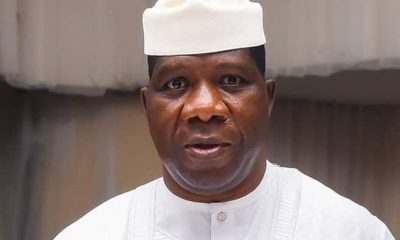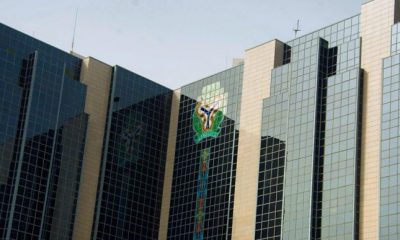After an iron grip on Zimbabwe for 37 years, Robert Mugabe has finally buckled under pressure and resigned as president of that country on Tuesday afternoon amid impeachment proceedings against him in Parliament.
This comes seven days after the military seized power and tens of thousands of citizens took to the streets to demand the 93-year-old’s resignation.
However, for Zimbabwe, this may be two decades too late.
A political regime change may save Zimbabwe from Mugabe now, but his legacy and its effects on the country will continue as the country embarks on a long, long road to recovery.
In those 37 years that he held sway, Mugabe has all but destroyed his country’s economy.
At the moment, more than 3-million Zimbabweans live in extreme poverty; the country experienced a precipitous collapse in its economy; inflation is over 1000 percent; the local currency lost 99% of its value; and more than a quarter of its citizens have fled.
The effects of his regime — marked by hyperinflation, frenzied land distribution and penniless state-owned enterprises — will not ephemerally disappear.
Mugabe’s woes began in his early years as president when the country was struck by drought and a world recession resulted in commodity export prices decreasing. To combat this, Mugabe decided to shift economic policies, implementing the Economic Structural Adjustment Program (ESAP) that allowed for an open market economy.
But the plan failed. At the time, performance indicators showed the economy grew by at an average of 4.3 percent per annum in the ’80s but deteriorated to 0.8 percent when new policies were implemented, mainly because Zimbabwe’s manufacturing industry was exposed to foreign competition.
Realizing that the project had failed, Mugabe’s government instituted another set of policies called the Zimbabwe Program for Economic and Social Transformation aimed at improving the ESAP. But due to poor fiscal policies, the budget deficit continued to grow and foreign currency reserves were left staggered.
In the period of land reform, Zimbabwe’s economy declined exponentially. Real GDP plummeted 45 percent in the decade leading up to 2009 and by 2008, output volumes were two-thirds below peak. According to statistics from the country’s Commercial Farmers’ Union, wheat production declined from around 270,000 tons in 1998 to 62,000 tons in 2007.
ALSO SEE: Mugabe bows to pressure after 7-day military siege
By 2006, Zimbabwe’s annual inflation rose above 1,000 percent and, as time progressed, the introduction of new bills flooded the market. The world saw Zimbabwe’s economic decline through its citizens hauling wheelbarrows of cash money to stores for a loaf of bread.
This later grew to the point where a 100-trillion-dollar bank note was released into circulation.
Mugabe and his government failed again to fix the problem. In an effort to save consumers from the deteriorating Zimbabwean dollar, government implemented price controls on basic goods.
But naturally, citizens rushed to shops to purchase the vastly cheaper products, eroding profits made by manufacturers and leading to many companies having to close their doors.
In hyperinflation, Zimbabwe was forced to abandon its currency and replace it with the US dollar in 2009 and further had to resolve to issue bond notes last year in efforts to introduce some form of liquidity.

 Health & Fitness6 days ago
Health & Fitness6 days ago
 Aviation1 week ago
Aviation1 week ago
 Aviation1 week ago
Aviation1 week ago
 Aviation1 week ago
Aviation1 week ago
 Aviation6 days ago
Aviation6 days ago
 Featured4 days ago
Featured4 days ago
 Inspirational5 days ago
Inspirational5 days ago
 Crime4 days ago
Crime4 days ago













